For the Love of Books
Happy Book Lovers Day! To celebrate, we asked our team of architects to share their favourite books on architecture, and their recommendations were truly inspiring!
Whether you’re looking to revisit a classic or discover something new, today is the perfect day to dive into a good book. What’s your favourite?’

My favourite architect, Peter Zumthor, has written books that are mostly very expensive. This one, however, is affordable, and it changed the way I consider the experience of the user within architecture while I was at university. It showed me how scale, materiality, and mass can be used to create powerful experiences within a building and elevate architecture to another level. It’s my favourite architecture book, and one that I will read and re-read throughout my career!
Taras Mandziuk | Part 1 Architectural Assistant

Master plantsmen Piet Oudolf and Henk Gerritsen offer invaluable advice for landscape architects and garden designers alike in this book. It’s my go-to resource for advice on tough, resilient planting. In an age where maintenance budgets for landscape design are often limited, the book provides advice regarding the selection of tough planting from an expert’s perspective, ensuring that planting schemes can still be beautiful with minimal maintenance in public spaces.
People will know Piet for his work on the Highline in New York and, more recently, for designing the gardens at Hauser & Wirth. He is a great inspiration for the naturalistic planting movement.
Elizabeth Malone | Senior Landscape Architect
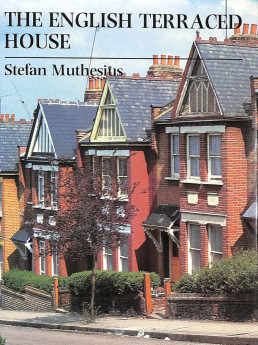
So many to choose from, but I think this one is the best. I appreciate companion books—a reference to accompany me, as Pevsner would say, on a perambulation. I also enjoy books about the architectural interest of what, at first sight, might be considered everyday and mundane. This book highlights the delight of the humble terraced row and brings that delight to the fore. Take a bow, Stefan Muthesius.
Simon Sharp | Associate Planner

It’s not a glitzy coffee table tome filled with glossy pictures and inspiring architectural content, but it is a must-have item containing useful information on everything from anthropometric data to zinc roofing. This book has been with me throughout my career, sitting quietly in the background, always within arm’s reach and ready to save the day—especially when it comes to paper sizes!
Jeff Martin | Associate Architect

This book is not exclusive to architecture but prompts a re-evaluation of material choices. It emphasizes that materials should be used continuously and reused without harming the environment. While most environmental debates focus on emissions, this book highlights the equally important issue of waste. It has inspired me to design with a building’s end of life in mind and to consider how the space and materials can be repurposed.
Martin Bignell | Part I Architectural Assistant

As an Architectural Technologist, this is a must-have. This book guides you on architectural detailing elements to use and avoid, and it highlights the common mistakes many people make today when trying to replicate traditional architectural styles. It has proven very useful when working on traditional detailing.
Matt Gray | Architectural Technologist
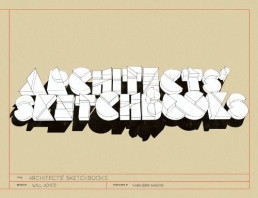
During my university days, Architects’ Sketchbooks was a constant source of inspiration. The book collates examples of architectural presentation—from sketches to montages to models—and demonstrates the variety of ways you can present your ideas as an architect. I have always found representation and infographics fascinating (another great book being Information is Beautiful by David McCandless!), as I believe great architecture can never reach its full potential if it’s not communicated in beautiful and inspiring ways throughout the design process.
Abigail Baggley | Architectural Director | Architect

This was the architecture bible when I was studying architecture at the University of Greenwich back in 1997.
Form, Space, and Order’, is wonderfully illustrated, and continues to be a go-to for anyone getting started with architectural design. It delves into the core aspects of space and form, all to fuel your thought process and make architecture more relatable. It simplifies complex design ideas and brings abstract concepts to life. It explains form and space in relation to light, view, openings, and enclosures. It also explores how space is organised, the elements of circulation, and the importance of proportion and scale. I loved the detailed illustrations that show the evolution of fundamental architectural elements through ages and across cultures.
Beryl Chung | Marketing Manager
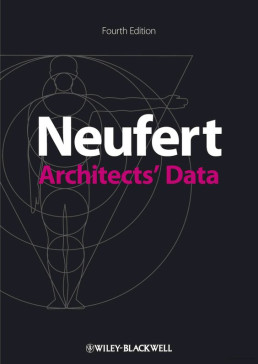
I appreciate Neufert Architects’ Data for its thoroughness and practicality. This book is an essential tool that provides precise and comprehensive information, greatly assisting in the design and construction process. Its detailed illustrations and organized layout make it easy to find the necessary data quickly and efficiently.
Ven Bekyarov | Architectural Technician

A multi-faceted novel and captivating read, Invisible Cities transports you to a series of imagined cities. Although a work of fiction, Calvino’s poetic prose and vivid imagery explore themes such as culture, memory, time, and human experience through the descriptions of each fictional city and its architecture. The short chapters make it an easy book to dip into, and it’s one I will return to again and again!
Lucy Edwards | Architect
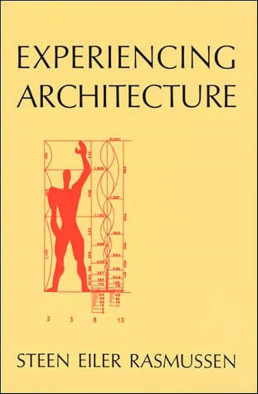
Rasmussen argues that architecture has historically been a collective effort, rather than just an individual endeavor. Homes were built with an innate sense of place, materials, and function, leading to what he described as “a remarkably suitable comeliness.” While we cannot return to past practices, Rasmussen suggests that we can still create spaces that are both beautiful and functional by embracing architecture as an experiential art form. A true understanding of good design comes not only from professional expertise but also from the shared, everyday experience of architecture.
Yousef Bouzid | Part II Architectural Assistant
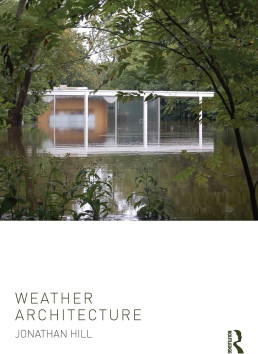
Weather Architecture by the late Jonathan Hill explores designing with environmental conditions rather than sealing them out. All of Jonathan’s books are worth a read, but the way our urban relationship is discussed here as a parallel to both the cultural history and creativity of weather itself is fantastic.
Charles Rose | Architect